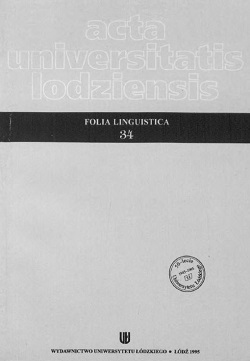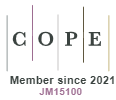Grupy spółgłoskowe w Modlitwach Wacława
DOI:
https://doi.org/10.18778/0208-6077.34.08Abstrakt
Among the dialectal phrases selected on the basis of the analysis of the material concerning the development of consonant clusters in Modlitwy Wacława, the features testifying to the Małopolska character of the relic in question form a qualitative and a quantitative majority: a) the form of wszytek (without „s”); b) the cluster of „wsz-” (without reductions and simplifications); c) the forms with the cluster „śr” (the lype of środa) d) the pronunciation of twirdzić; e) the forms of the type mowa (with the reduction of „ł”). The properties ascribed to the Wielkopolska dialect are less numerous and usually supported by a smaller number of examples. Such a state of affairs allows one to: a) verify the previously advanced views that Modlitwy Wacława are a relic from Wielkopolska; b) to state that forms like ojca, ujrzał - originally identified with the Wielkopolska dialect - have, in the 15th century, become widespread also in Małopolska, since they appear in Modlitwy Wacława. Estimating the chronological layers of the analysed prayerbook, it should be emphasized that the most modem language elements appear in its second part, while the oldest ones in the third part.
Pobrania
Pobrania
Opublikowane
Jak cytować
Numer
Dział
Licencja

Utwór dostępny jest na licencji Creative Commons Uznanie autorstwa – Użycie niekomercyjne – Bez utworów zależnych 4.0 Międzynarodowe.










